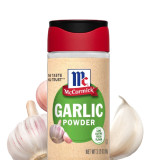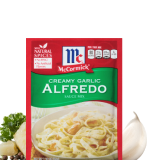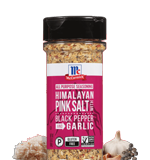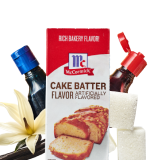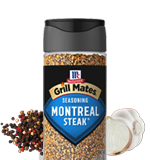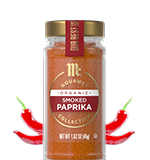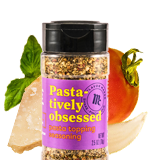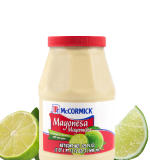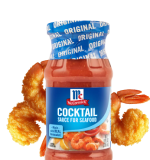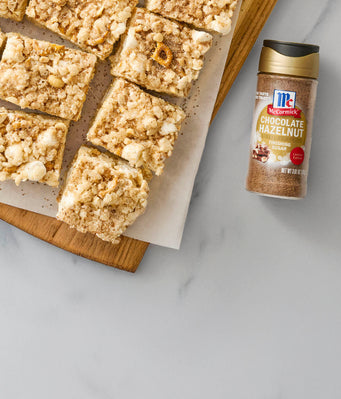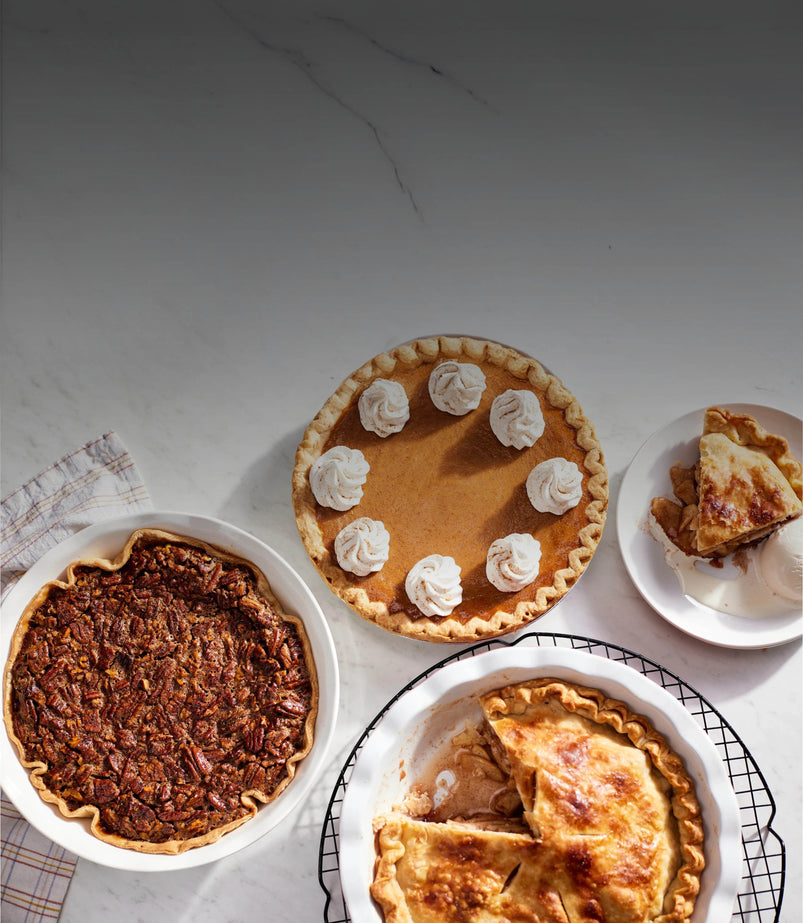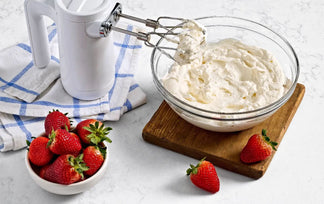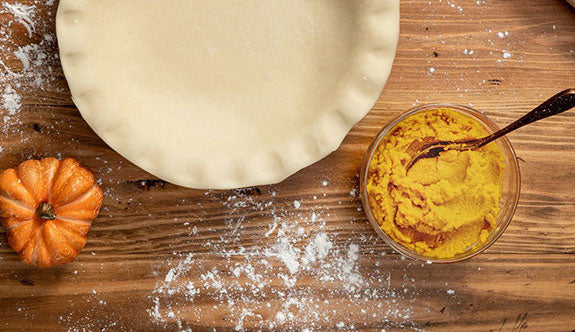
How to Use the Whole Pumpkin

By: Brier Barclay
October 16, 2025
Instructions
In the fall, every grocery store entrance erupts with towers of orange globes. Pumpkins are a seasonal delight, but they always come with a challenge: How do you use every part of the vegetable?
Transforming that hefty gourd into delicious meals is easier than you might think. After we teach you how to clean pumpkin seeds and how to make pumpkin puree, you'll be well on your way to handling a variety of pumpkin recipes.
Choosing the Right Pumpkin
Not all pumpkins deserve a spot in your kitchen. Smaller are better. Sugar pumpkins typically weigh between two and eight pounds and deliver dense, sweet flesh. Long Island Cheese pumpkins provide creamy flesh perfect for soups. Other types that are perfect for the pot include Fairytale and Cotton Candy.
Choose a ripe pumpkin that feels heavy for its size and sounds hollow when you knock on it. The skin should be free of soft spots or cracks, and it should resist your fingernail. Look for a stem that looks dry and firmly attached.
Small pumpkins work wonderfully for individual servings. Medium ones between four and eight pounds yield enough for multiple pumpkin recipes without overwhelming your workspace. A five-pound pumpkin typically produces two cups of puree, which is easily enough for our Signature Pumpkin Pie Recipe.
Preparing the Whole Pumpkin
Getting that pumpkin ready requires confidence and the right approach. Start with a clean cutting board and sharp tools, including a large sharp chef's knife, and a sturdy spoon for seed removal. Consider wearing kitchen gloves for better grip.
After cleaning your pumpkin, microwave it for two minutes to soften the skin before cutting. Cut off the stem first and turn upside down for a stable base. Then slice down through the center, rocking the knife back and forth rather than forcing. Always cut away from your body. Scoop out the stringy pulp and save the seeds.
How to Cook a Pumpkin
Roasting is a popular way to cook pumpkin, and it's easy. Just place your pumpkin halves cut-side down on parchment at 400°F for 40 minutes. This concentrates flavors while caramelizing sugars. Alternatively, divide the pumpkin into chunks and then steam or boil them for 15-20 minutes. Or divide into wedges, add water, and cook on low for six hours.
Easy homemade pumpkin puree
Homemade pumpkin puree works exactly like canned, but it's far better. After you've cooked it, you can scoop the cooked flesh into a food processor. Then process it for 3-5 minutes, adding water gradually. The final texture of your puree should match thick applesauce.
This puree forms the foundation for a range of recipes, some sweet and some savory. Homemade pumpkin puree makes a perfect sauce for a pasta dish like Fettuccine Pumpkin Alfredo.
Alternatively, those with a sweet tooth can use it in our Pumpkin Pecan Pie, or as the basis for a Pumpkin Pie Cheesecake.
You can also make some grab-and-go pumpkin snacks with your puree. Check out these Pumpkin Snickerdoodle cookies, or our Caramel Pumpkin Oatmeal Bars. Both of these make great additions to a school lunch. You can also blend it into smoothies or fold into Pumpkin Bread batter.
If you can't use all your puree at once, don't worry. Fresh puree keeps refrigerated for one week, and frozen puree maintains its quality for six months. Freeze it in ice cube trays for portion control. Once thawed, it's perfect for making Pumpkin Pie Spice French Toast for breakfast, or stirring into soups for dinner.
How to roast pumpkin seeds for a healthy snack
If you learn how to clean pumpkin seeds properly, they can make some moreish snacks. Rinse them thoroughly and pat dry. There are many uses for them after that point, including our Pumpkin Pie Spice Pumpkin Seeds recipe.
Creative uses for pumpkin skin
All parts of the pumpkin are useful - even that seemingly tough skin. Roasted skin strips become surprisingly crispy when seasoned well. Baking at 350F for around 20 minutes will deliver tasty pumpkin chips.
A whole pumpkin holds lots of potential for seasonal cooking. So next time you spot those orange beauties, grab an extra one. Your future self will thank you when pulling homemade puree from the freezer in January.
More Pumpkin Recipes
Still got some pumpkin leftover? Try these seasonal recipes.

